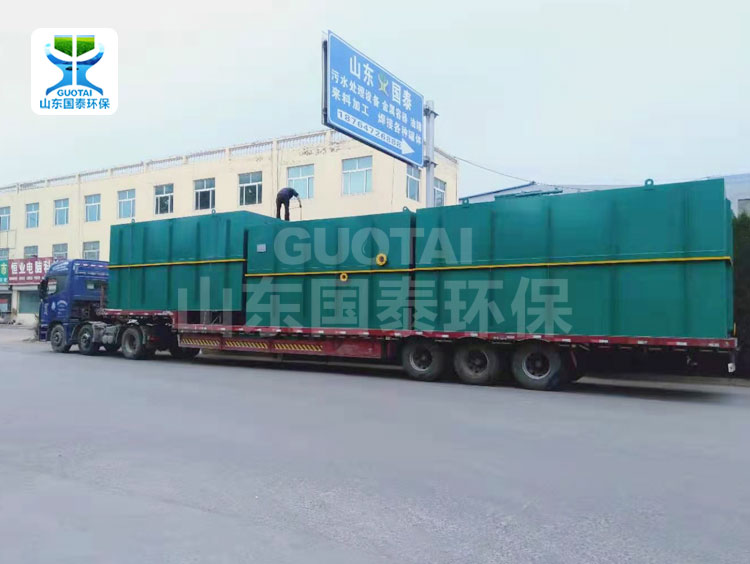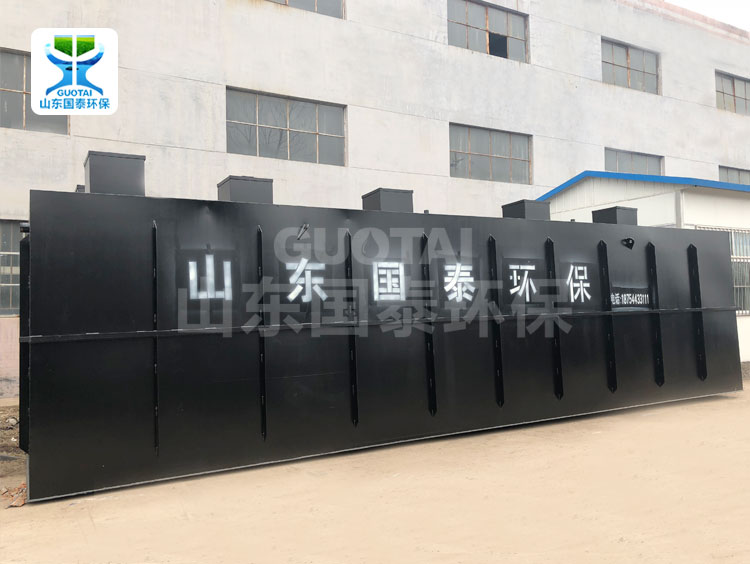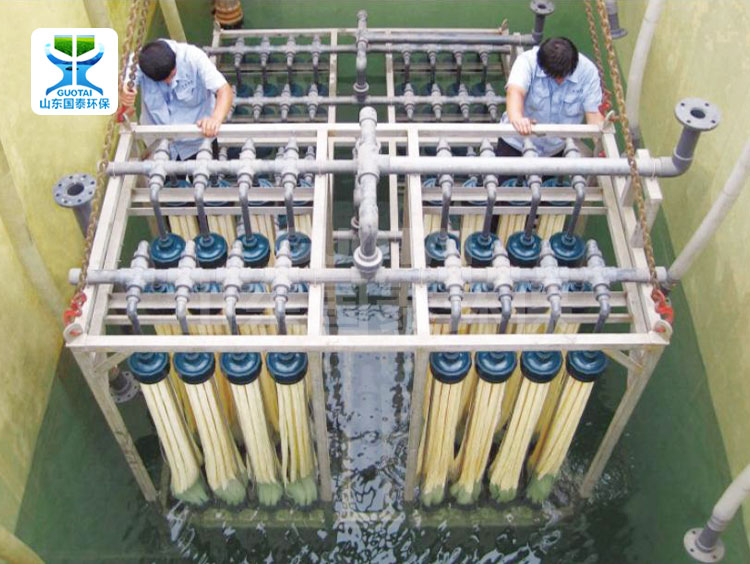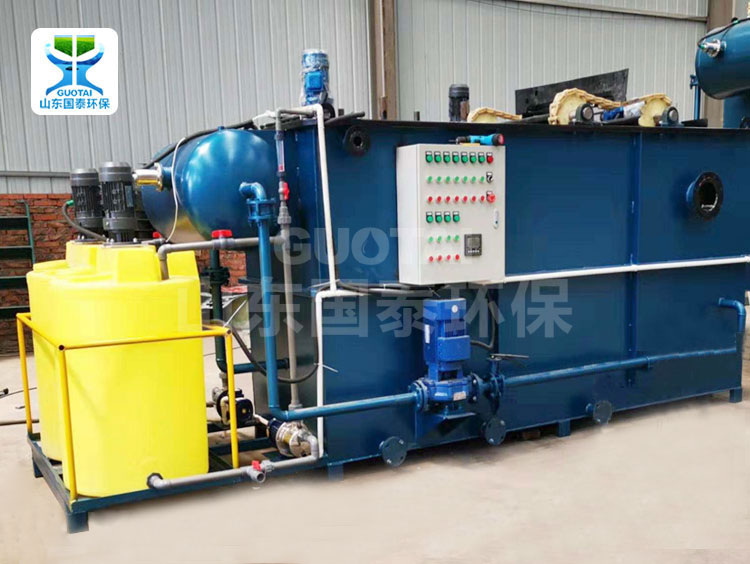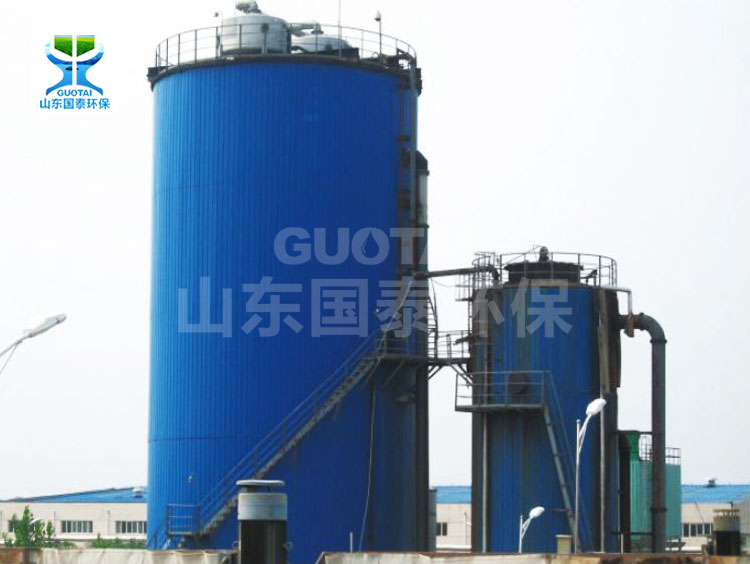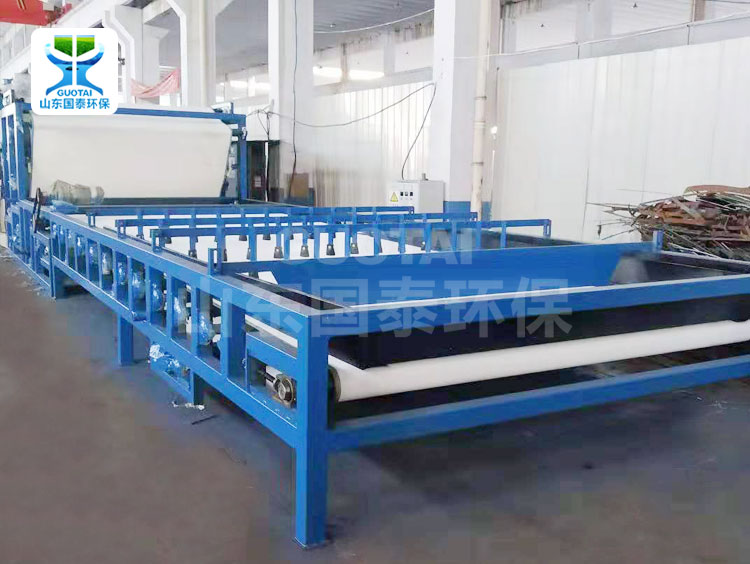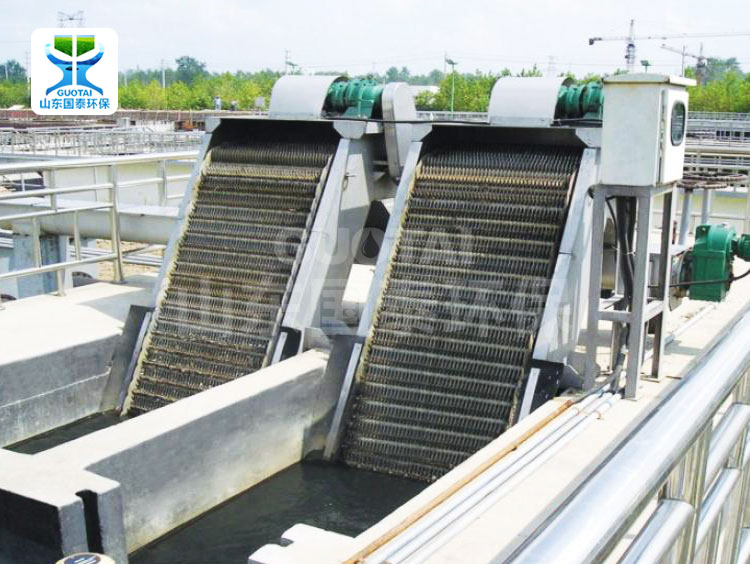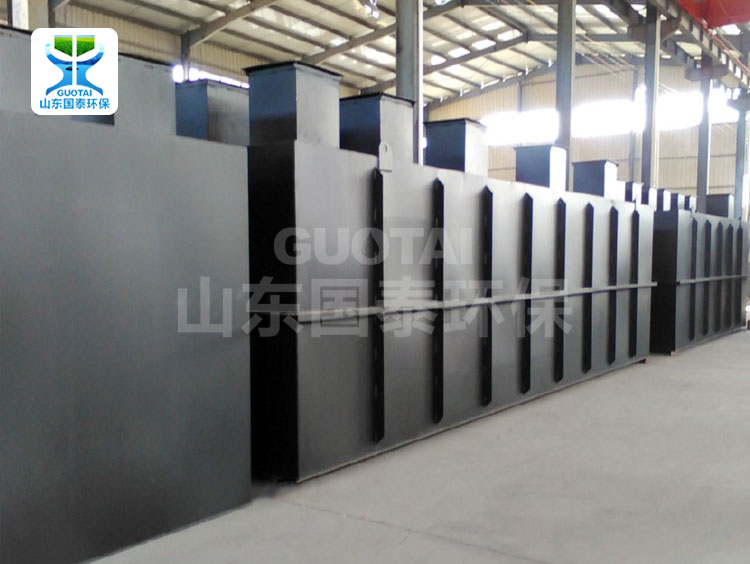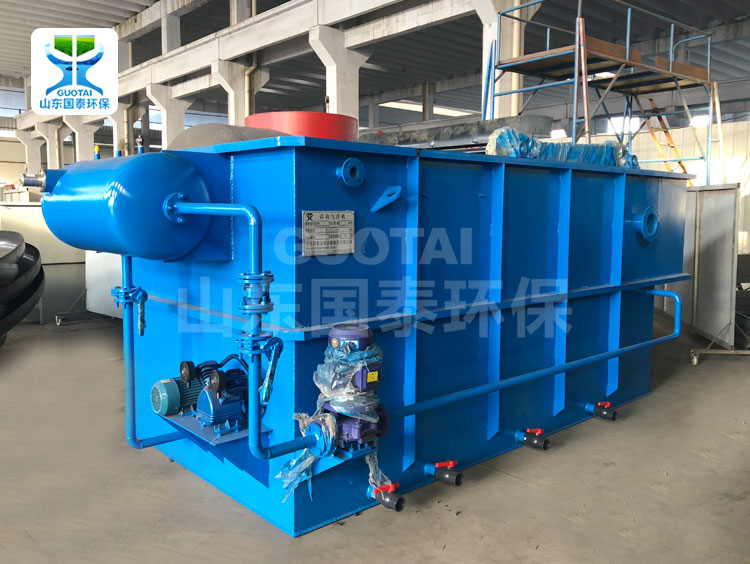Product center
◆Product description:
IC anaerobic reactor is a new type of anaerobic reactor after UASB and EGSB. It has high volume load, strong shock load resistance, good effluent stability, large gas production, low sludge, low operating cost, and economical With obvious benefits, it is especially suitable for medium and high concentration sewage treatment projects.
Because the IC reactor is equivalent to the series operation of the upper and lower UASB reactors, the lower reactor has a very high organic load rate and plays a "coarse" treatment effect, while the upper reactor has a low load and plays a "fine" treatment effect. The effluent quality is good and stable.
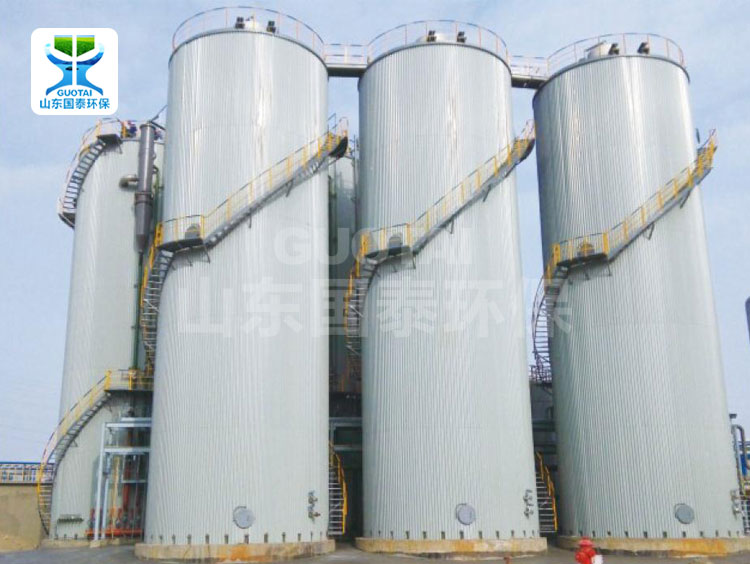
◆Working principle:
The two-layer three-phase separator artificially divides the entire reaction into upper and lower areas. The lower part is the high-load area, and the upper part is the deep treatment area. When the wastewater enters the bottom of the IC reactor, it is connected to the lower three-phase gas-liquid separator. The refluxed water is mixed, and when the mixed water passes through the granular sludge layer at the bottom of the reactor, it decomposes most of the organic matter in the waste water to produce a large amount of biogas. The waste water passing through the lower three-phase separator is lifted to the upper gas-water separation device due to the lifting effect of the biogas, which separates the biogas and wastewater. The biogas is discharged through the pipeline, and the separated wastewater is returned to the bottom of the tank and mixed with the inlet water; The wastewater passing through the lower three-phase separator continues to enter, and the upper deep treatment zone further degrades the organic matter in the wastewater. Then the wastewater enters the separation zone through the upper three-phase separator to separate the granular sludge, water, and biogas. The sludge is returned to the reactor to maintain the biomass. The biogas is discharged from the upper pipeline, and the treated water is discharged through the overflow system.
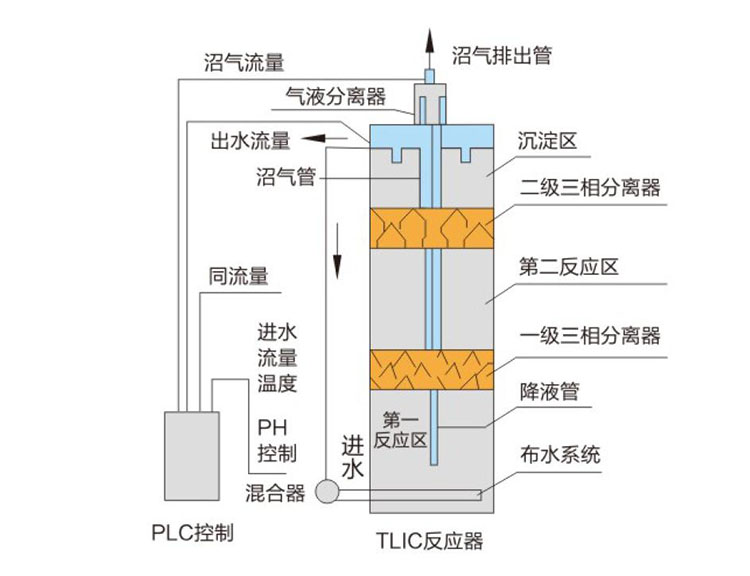
◆Device parameters:





